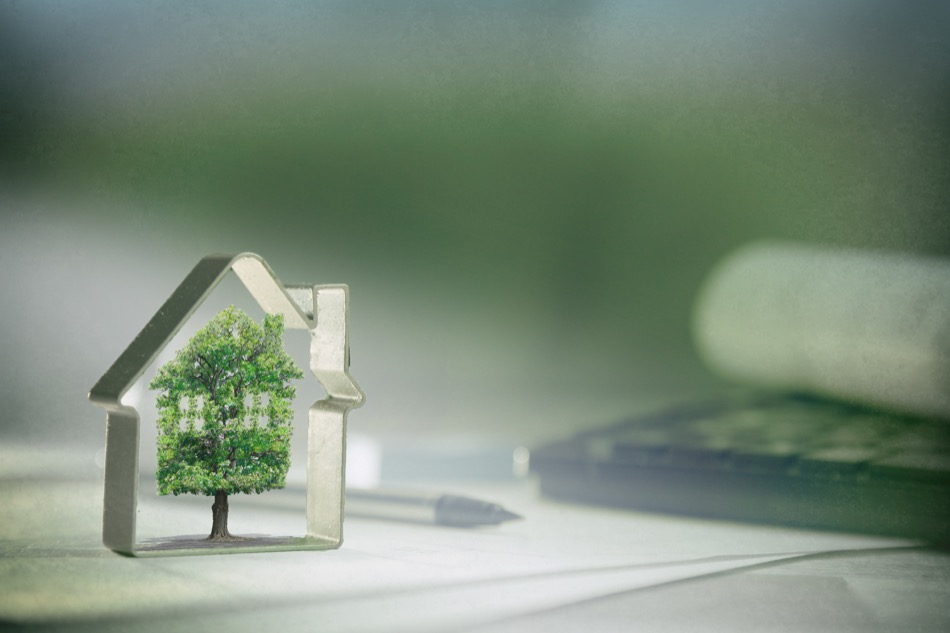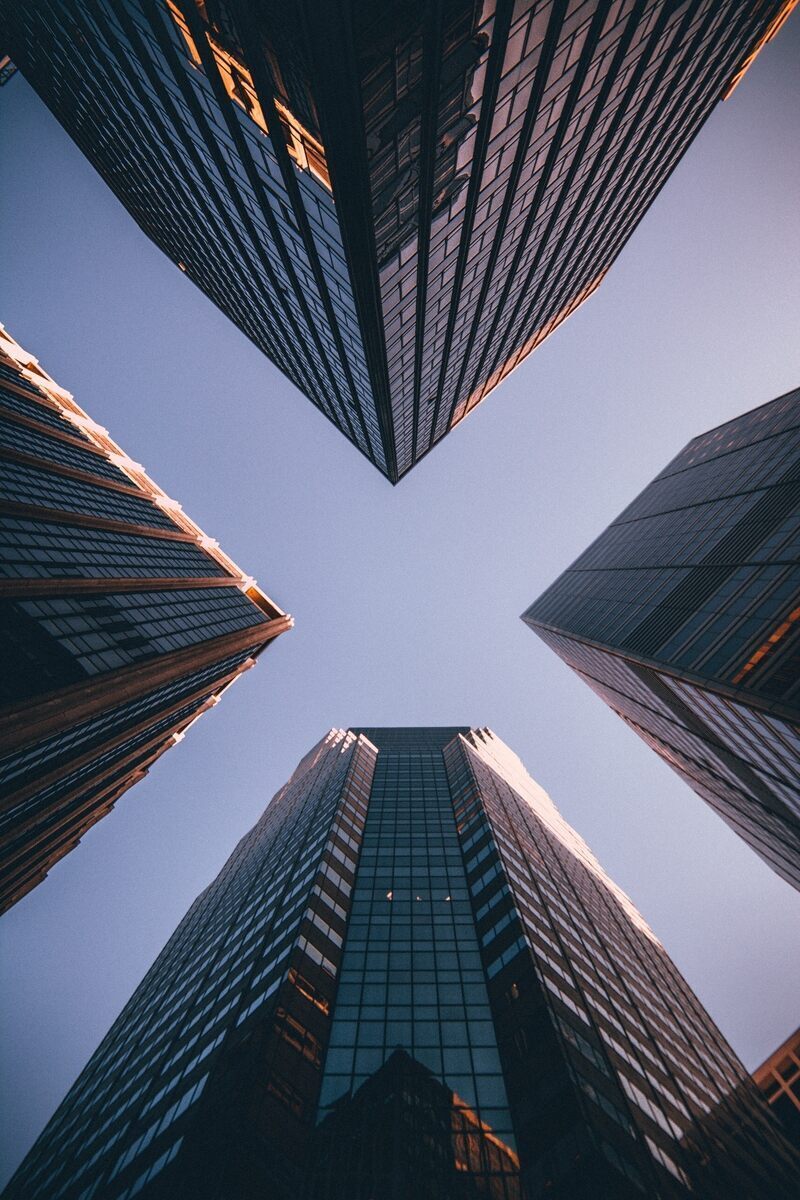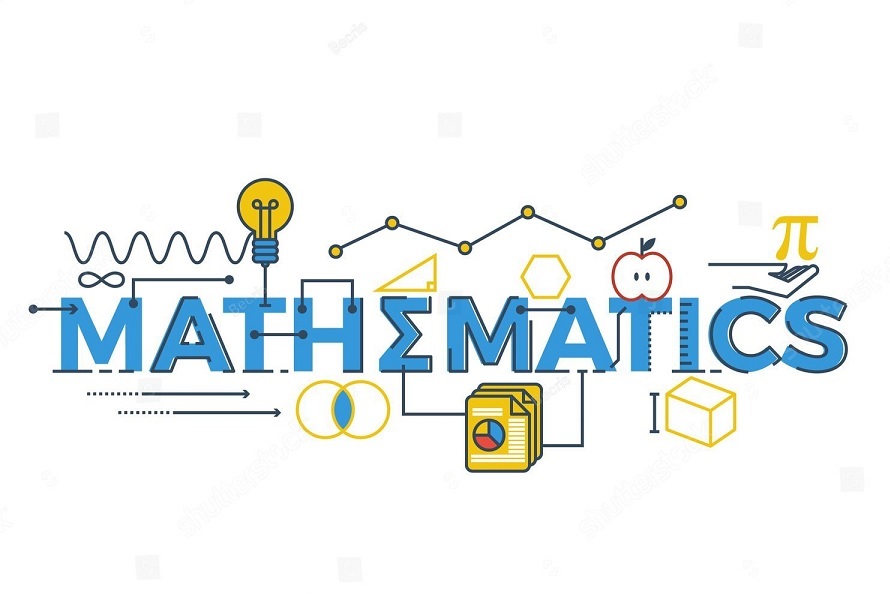A developing ecological recognition and the want to innovate for a brighter future are driving a change in the residential construction enterprise toward sustainability. Techniques incorporating electricity-efficient designs, decreased waste, and materials which might be type to our planet are shifting from area of interest to mainstream, pushed by using purchaser calls for regulatory measures. As a reaction, companies like New Home Star are guiding new domestic buyers and builders closer to extra-sustainable practices, which is a testament to the transferring paradigms of the development industry.
Key Takeaways:
- Innovative and environmentally conscious constructing materials are gaining traction, tough traditional creation paradigms.
- Technology is transforming homes into strength-green areas whilst promoting more able useful resource management.
- Sustainable layout locations have a robust emphasis on water conservation and the use of lots of techniques to lessen utilization.
- Government regulations an increasing number of aid sustainable production, revealing a dedication to ecological constructing standards.
- Economic advantages are vast for house owners, and a growing purchaser cognizance is influencing a call for for ‘inexperienced’ homes.
The Rise of Green Building Materials
Sustainable dwelling begins with the substances used in production. As we pivot from resource-heavy concrete and power-extensive production strategies, opportunity options which include reclaimed timber, bamboo, and recycled metallic are entering the spotlight. These materials offer many benefits, which include decreased environmental impact during manufacturing and end-of-life recyclability. However, the challenges of transferring perceptions and adopting new methodologies continue. Builders like New Home Star want to leverage official sources of statistics and education to grow to be gifted in sustainable practices, ensuring an unbroken transition from conventional to green building materials.
Energy Efficiency and Smart Home Integration
Energy-efficient technology and clever home systems are revolutionizing how we stay. Programmable thermostats, LED lights, and electricity-green home equipment are becoming preferred, however, the actual recreation-changer is house owners’ ability to control their electricity utilization through modern systems actively. These systems permit for real-time modifications and offer data analytics to help optimize electricity usage over time, paving the way towards a greater conscious and value-powerful electricity consumption sample.
Water Conservation Tactics in Home Design
With fresh water becoming increasingly scarce, houses are designed to limit water utilization. Techniques like greywater recycling, rainwater series, and installing water-efficient furnishings are gaining a reputation. Moreover, green landscaping practices including xeriscaping reduce the need for irrigation, growing a synergy between the home and its natural surroundings. The cumulative impact of those measures can appreciably reduce a family’s water footprint, making conservation a key element of sustainable residing.
Renewable Energy Adoption in Residential Properties
Adopting renewable electricity resources in residential settings is an essential fashion in sustainable domestic creation. While sun panels are the maximum visible symbol of this movement, other technologies like geothermal systems and small-scale wind turbines contribute to a greener energy profile for modern-day homes. These renewable answers now not only mitigate the reliance on fossil fuels but also provide homeowners the opportunity of power independence and, in some instances, the chance to feed surplus energy lower back into the grid, further promoting the use of clean electricity.
Insulation and Passive House Design Principles
Adequate insulation is the unsung hero of power conservation in domestic design. Combined with passive residence ideas, which optimize herbal light and airflow, insulation can play a pivotal function in decreasing heating and cooling hundreds. This technique minimizes power consumption and improves consolation levels within the home. The holistic standpoint of passive design creates a building and living surroundings that harmonize with the herbal weather while retaining a minimal ecological footprint.
Conscious Landscaping and Site Planning
Understanding that a home’s ecological impact extends past its walls, sustainable construction additionally encompasses the connection between the building and its landscape. Thoughtful planning guarantees that traits feel incorporated with their environments, keeping neighborhood ecosystems and lowering the dangerous effects of urban sprawl. A construction assignment’s sustainability is stimulated by way of cautiously thinking about plant species, the encircling animals, and wherein to region a house to make use of the topography.
Innovations in Sustainable Construction Techniques
Innovations continually form the field of sustainable construction. Prefabricated components, inexperienced roofs, and advanced water purification systems are only a few of the improvements pushing the industry ahead. These traits demonstrate that luxury and sustainability can coexist in the modern-day house. Significantly, sustainable creation strategies also are reworking the exertions marketplace, requiring new talents and imparting sparkling possibilities inside the alternate.
The Role of Government Policies in Shaping Sustainable Construction
Government interventions inherently affect the trajectory of production tendencies. Subsidies, tax credits, and stringent construction codes inspire adopting sustainable practices. This multifaceted technique is pivotal in incentivizing builders and buyers to include inexperienced production strategies. The result is an escalating fine comments loop among policy, enterprise requirements, and client expectations, fostering an atmosphere where sustainable constructing exercise is the norm in preference to the exception.
Consumer Awareness and Demand for Eco-Friendly Homes
Increasing patron focus on environmental issues is any other using pressure behind the move closer to sustainable homes. Awareness has been spurred through schooling and the choice for more healthy residing spaces, motivating consumers to vicinity a better value on inexperienced creation. The ensuing demand creates a strong market for houses that embody these standards, signaling a shift in purchaser desire and societal values toward environmental obligation.
Economic Implications of Sustainable Home Construction
Finally, it might be remiss to miss the monetary effects of sustainable domestic creation. While it’s miles frequently perceived that inexperienced building practices impose extra costs, the truth is that investments made in sustainability often cause tremendous savings over a structure’s lifespan. The improved price of sustainably constructed houses decreased operating expenses, and the potential for authorities incentives support the monetary viability and appeal of investing in green construction practices.




















